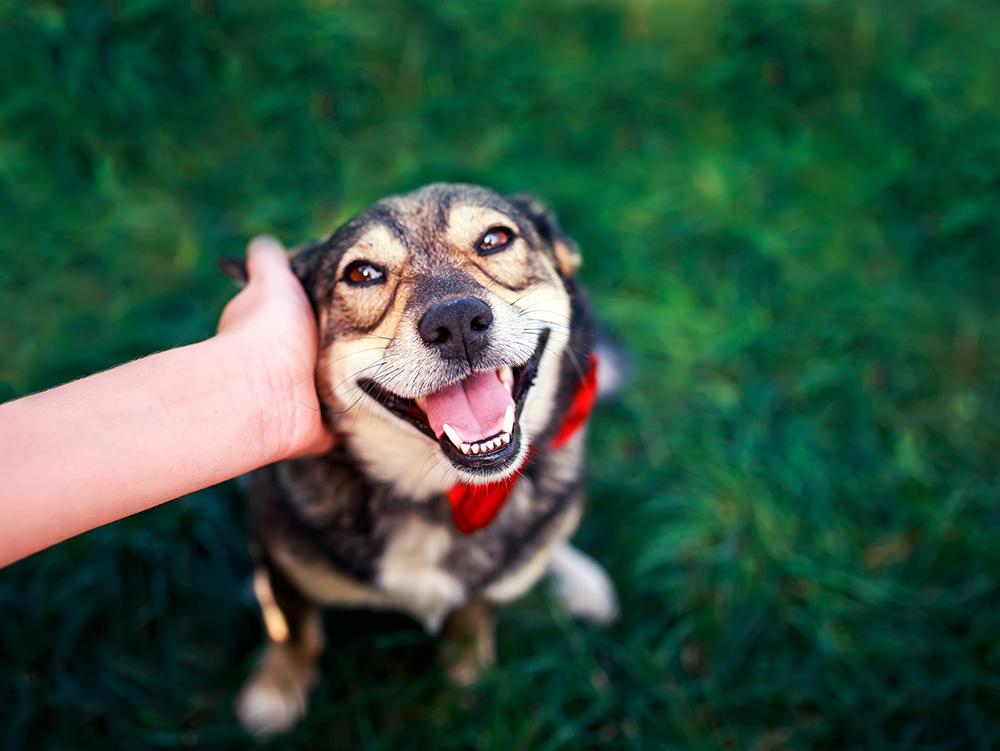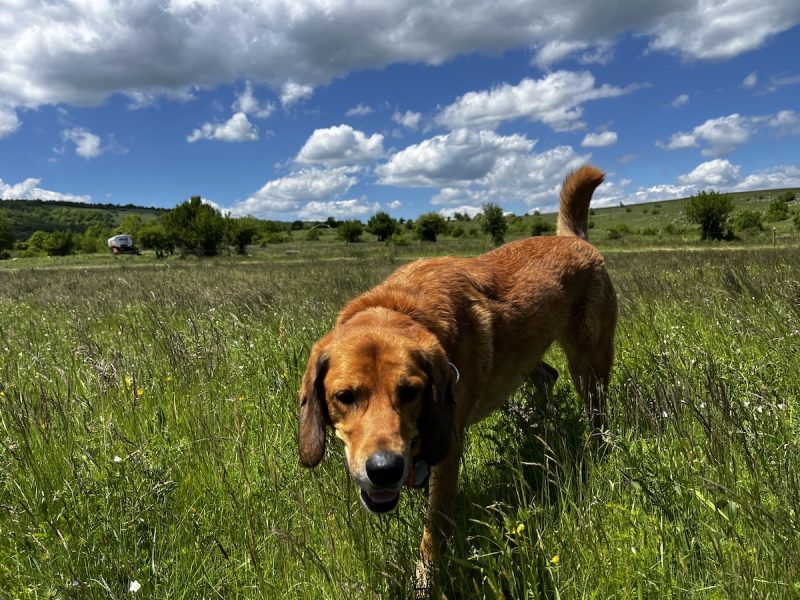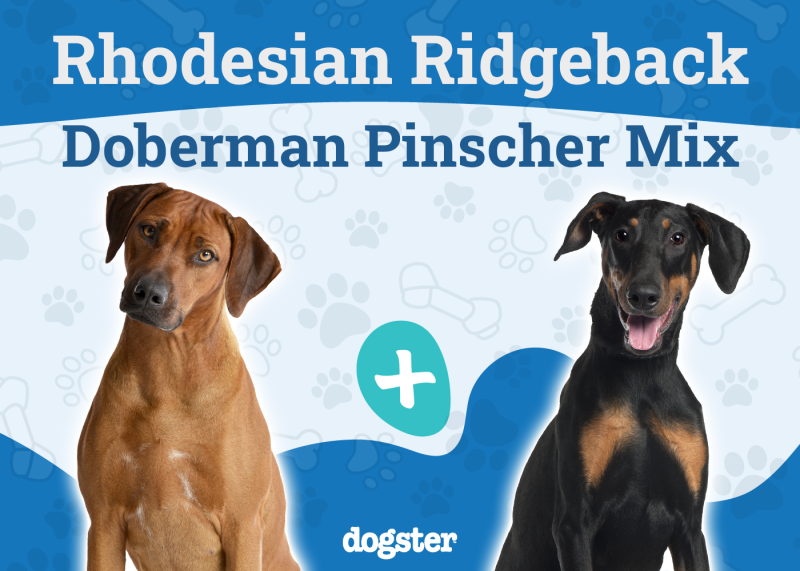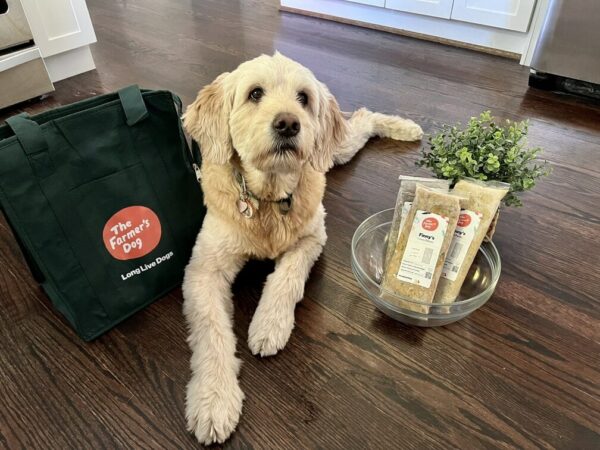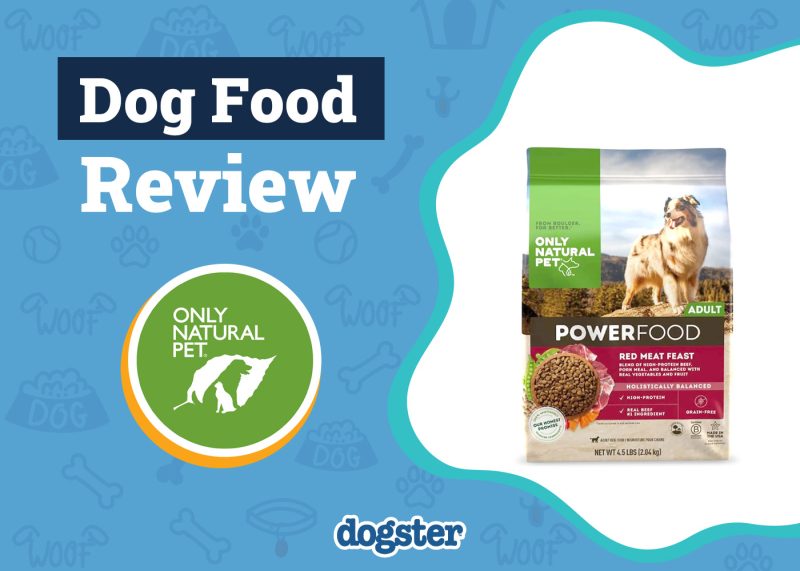In this article
As dog owners, we are more than just caretakers for our canine companions. We are our dogs’ worlds, which means we are responsible for ensuring they are fit and healthy, but also fulfilled and happy.
While your dog can’t directly tell you if they’re happy or not, there are signs that you can learn to recognize. If your dog sleeps and naps peacefully, has a good appetite, and is generally well-behaved but still playful, it is a reasonable sign they are happy. If they walk around wagging their tail, are always eager to greet you when you walk in the door, and like to spend as much time as possible in your company, these can also be positive signs.
Below there are tips to help make your dog happy and give them a great day, every day.

The 13 Tips on How to Make a Dog Happy
1. Praise Good Behavior

Dogs love to receive positive feedback for their good behavior. What’s more, this positive reinforcement means your dog will be more likely to repeat those same positive behaviors which will build an even stronger bond between the two of you. And a strong relationship between you and your dog is a surefire way to give your dog a great day.
Give verbal praise as well as physical praise, and if you are using praise as a means of intentional training, do so quickly after the desired action.
2. Reward Extra Good Behavior
When your dog does something especially good, give them a special treat. This can take the form of healthy chew treats, or it can be access to a favorite toy. It could be you getting down on the floor and rubbing their belly. You should know what your dog enjoys the most and considers the greatest treat of all.
3. Provide Plenty of Exercise
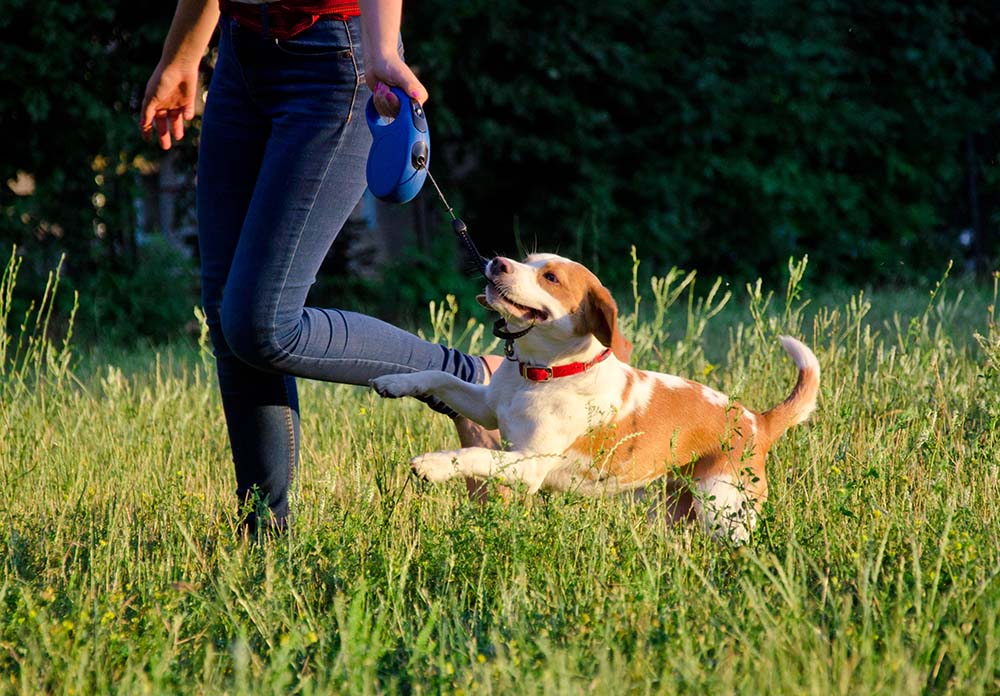
Exercise is important to your dog’s physical and mental health, and most dogs love to run around, or, at least, walk to the dog park and back. Dogs need anywhere from 45 minutes to 2 hours of exercise a day, at least, and how much your dog needs depends on its breed, physical condition, and general health. Your vet will be able to advise you on the appropriate amount of exercise for your pup if you are unsure.
Walks are the most common form of exercise, but you can include playtime in your daily exercise regimen.
4. Try Different Exercise
Mix up the types of exercise you give your dog. Spend some time playing indoors, some time in the yard, and some time walking. Throw a tennis ball, play with a tug toy, or even consider setting up an indoor or outdoor obstacle course for your dog to enjoy.
This variation will keep your dog mentally active and will wear them out even more than performing the same type of exercise every day.
5. Sign Up for Classes

To really add some variation to your pup’s exercise, consider signing up for canine training or sports classes. There is a wide range of different activities that you can take part in from agility to flyball, both of which are common and can be enjoyed by most fit and healthy dogs and owners. More unusual sports include scent work, which is ideal for scent hounds like Beagles but also suitable for any breed, and dock diving.
Classes are also a good opportunity to work on training and to provide further socialization for your pup.
6. Provide a Steady Rotation of Dog Toys
Toys offer stimulation and fulfillment to a lot of dogs and having a decent supply of a few different toys gives your dog plenty to do. Determine your dog’s favorite toy style, whether that be tennis balls or tug toys, and find good quality ones that will last.
Rather than letting your dog have a massive basket of 20 toys, choose three or four and let them have these for a week or two. Then, swap one or two for new ones, and then repeat the process in another week or two. This will prevent your dog from getting bored of the toys they have, and they will feel like they’ve gotten a new toy every time you rotate one back in.
7. Play
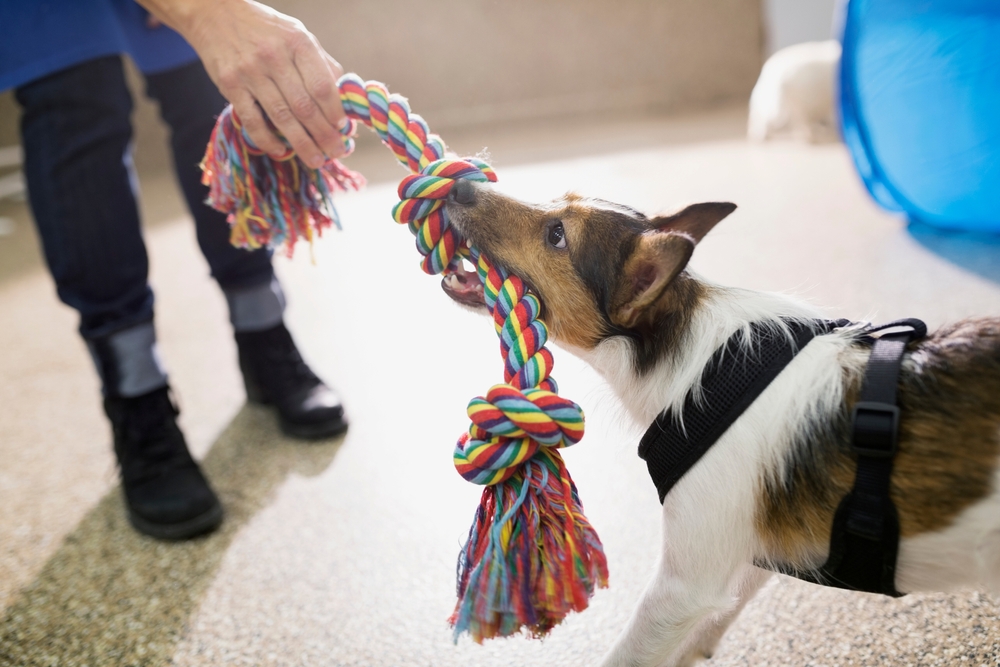
While most dogs are very good at entertaining themselves with their favorite toys, they generally prefer interactive play with their favorite humans. Throw a ball around the yard, grab a tug toy, or find ways to play with your dog’s favorite stuffed toys. It will help develop a strong bond between the two of you, wear your dog out a little bit, and ensure they are as happy as possible.
8. Offer Interactive Toys
No matter how much you love your dog, you can’t spend every hour of the day entertaining them. And you shouldn’t, or they can become too dependent on you, contributing to separation anxiety when you’re not together.
Interactive toys are toys like treat dispensing toys. They keep your dog entertained and they provide mental stimulation as well as physical exercise. They are especially useful if you’re heading out of the house and want to give your dog something to do while you’re gone.
9. Teach Your Dog to Do Jobs
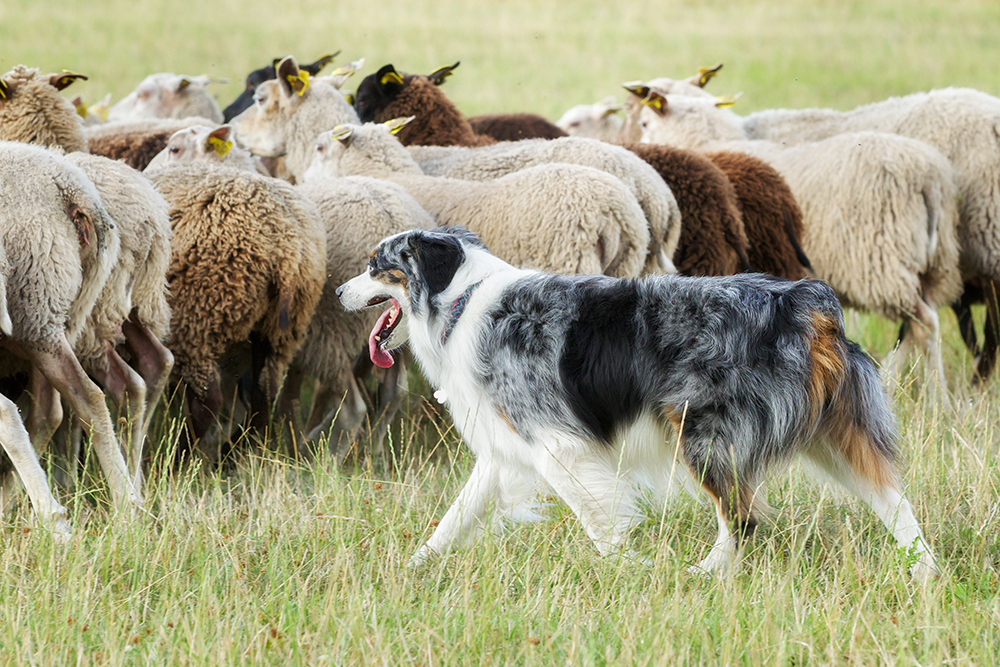
Some dogs love to work. You don’t necessarily have to use your Collie to herd sheep, but you can teach them to perform tasks that are similar to the roles they would undertake while working. The mental stimulation and physical exercise this provides will keep your dog happy and it can prevent them from becoming frustrated.
A frustrated dog is more likely to exhibit unwanted behaviors like chewing and digging.
10. Socialize Them
As well as training your dog, you should socialize them. And, while socialization is most effective when it is started from a puppy, it should continue throughout your dog’s life. Not only does it engage the brain, but it also reduces anxiety, especially in new surroundings and when meeting other people and dogs.
Puppy classes are a great place to start, adult training and sports classes are a good opportunity to continue the hard work, and varying your daily walking routes is also a very effective way to consolidate your efforts.
11. Find or Make Healthy Dog Treats

For some dogs, happiness is a favorite treat. But you can’t just give your dog a treat whenever they want one. That will likely lead to weight problems and potentially obesity. Unless the treats you give are healthy and don’t contain too many calories.
If your dog loves its kibble, you can even use these. Weigh out their daily food allowance and keep a handful of the biscuits in your pocket to give as a reward or treat. Alternatively, look at cheap and tasty homemade treats you can make yourself.
12. Groom Regularly
Grooming helps keep your dog clean and offers a host of health benefits. At the very least, it gets rid of dead hairs and knots, both of which can feel uncomfortable and may even lead to high or low body temperature.
Get the brush out and brush your dog for five or ten minutes a day, trim their nails every 2 months, and brush their teeth three times a week.
13. Check Their Diet
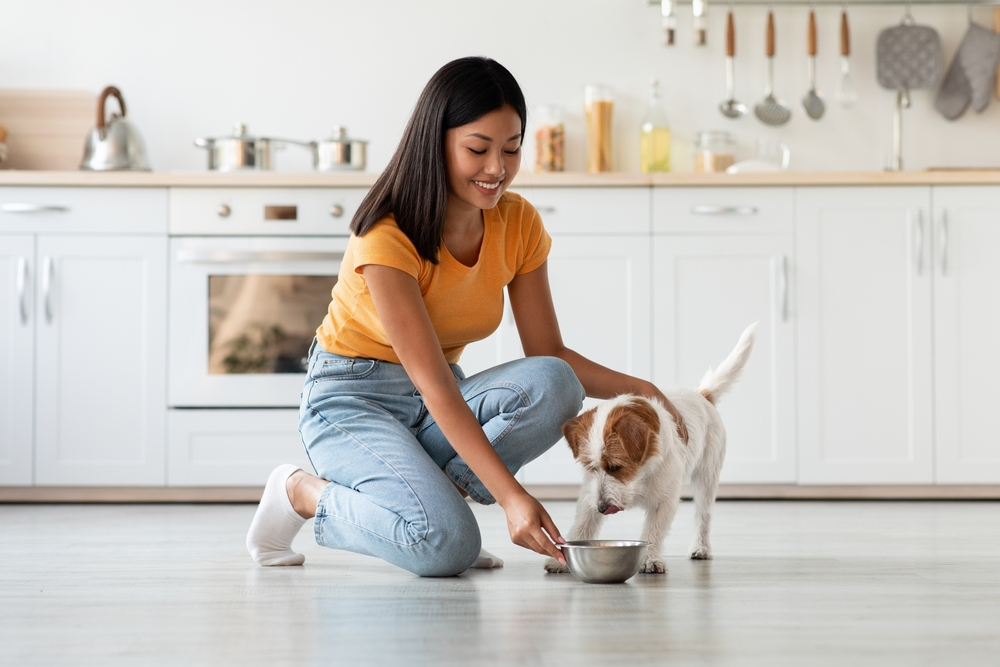
Diet and nutrition play a big part in general health and also in mental health. Try to limit the amount of unhealthy food you give your dog and ensure you feed good quality food. Treats shouldn’t be high in calories, and you should avoid giving too many human foods, and certainly check the ingredients of anything you feed. A healthy dog is a happy dog.

Conclusion
A happy dog greets you with a wag of the tail and doesn’t show signs of anxiety. They will generally be happy to spend time with you, although some dogs still enjoy their independence even when they are content.
They will enjoy going on walks and playing in the yard or the house and are friendly and relaxed with other people and dogs.
Featured Image Credit: Evgeny Atamanenko, Shutterstock
